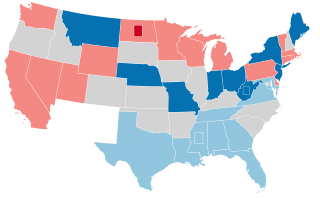
The 1910–11 United States Senate election were held on various dates in various states. As these U.S. Senate elections were prior to the ratification of the Seventeenth Amendment in 1913, senators were primarily chosen by state legislatures. Senators were elected over a wide range of time throughout 1910 and 1911, and a seat may have been filled months late or remained vacant due to legislative deadlock. However, some states had already begun direct elections during this time. Oregon pioneered direct election and experimented with different measures over several years until it succeeded in 1907. Soon after, Nebraska followed suit and laid the foundation for other states to adopt measures reflecting the people's will. By 1912, as many as 29 states elected senators either as nominees of their party's primary or in conjunction with a general election.

The 1926 New York state election was held on November 2, 1926, to elect the governor, the lieutenant governor, the state comptroller, the attorney general, a U.S. Senator, the chief judge and an associate judge of the New York Court of Appeals, as well as all members of the New York State Assembly and the New York State Senate. A referendum to repeal Prohibition was also proposed and accepted by a very large majority.

The 1916 United States Senate election in Massachusetts was held on November 7, 1916. Republican incumbent Henry Cabot Lodge defeated Democratic Mayor of Boston John F. Fitzgerald to win election to a fifth term.

The 1932 United States Senate election in Indiana took place on November 8, 1932. Incumbent Republican Senator and Senate Majority Leader James E. Watson ran for a third term in office, but was defeated by Frederick Van Nuys in a landslide.

The 1916 United States Senate election in Pennsylvania was held on November 7, 1916. Incumbent Republican U.S. Senator George T. Oliver was not a candidate for re-election.

The 1920 United States Senate election in Connecticut was held on November 2, 1920.

The 1926 United States Senate election in Illinois took place on November 2, 1926.
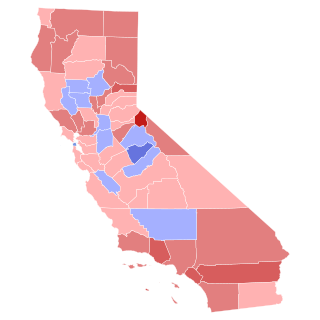
The 1920 United States Senate election in California was held on November 6, 1920. Incumbent Democratic Senator James Duval Phelan ran for re-election but was defeated by Republican attorney Samuel Morgan Shortridge.
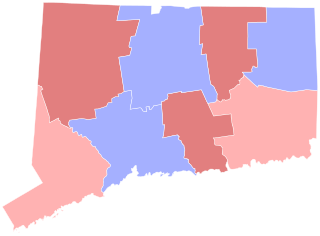
The 1938 United States Senate election in Connecticut was held on November 8, 1938.

The United States Senate election of 1916 in New Jersey was held on November 7, 1916.

The 1916 United States Senate election in Wisconsin was held on November 7, 1916.
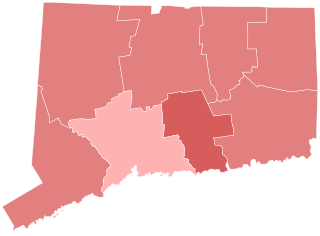
The 1922 United States Senate election in Connecticut was held on November 7, 1922. Incumbent Republican Senator George P. McLean was re-elected to a third term in office over Democratic attorney Thomas J. Spellacy.

The 1926 United States Senate election in Indiana took place on November 2, 1926. Incumbent Republican Senator James E. Watson was re-elected to a second full term in office over Democratic attorney Albert Stump.

The 1944 United States Senate election in Connecticut was held on November 7, 1944.
A Massachusetts general election was held on November 6, 1956, in the Commonwealth of Massachusetts.
A Massachusetts general election was held on November 2, 1954 in the Commonwealth of Massachusetts.
The 1950 Massachusetts general election was held on November 7, 1950, throughout Massachusetts. Primary elections took place on September 19.
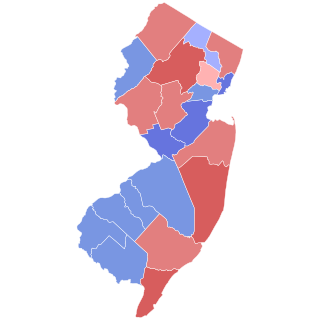
The 1958 United States Senate election in New Jersey was held on November 4, 1958.

The 1916 United States Senate election in New York was held on November 7, 1916. Incumbent Democratic Senator James O'Gorman chose not to seek re-election. Republican William M. Calder was elected to a succeed O'Gorman, defeating Democrat William F. McCombs.
The 1963 New Jersey State Senate elections were held on November 5.




















